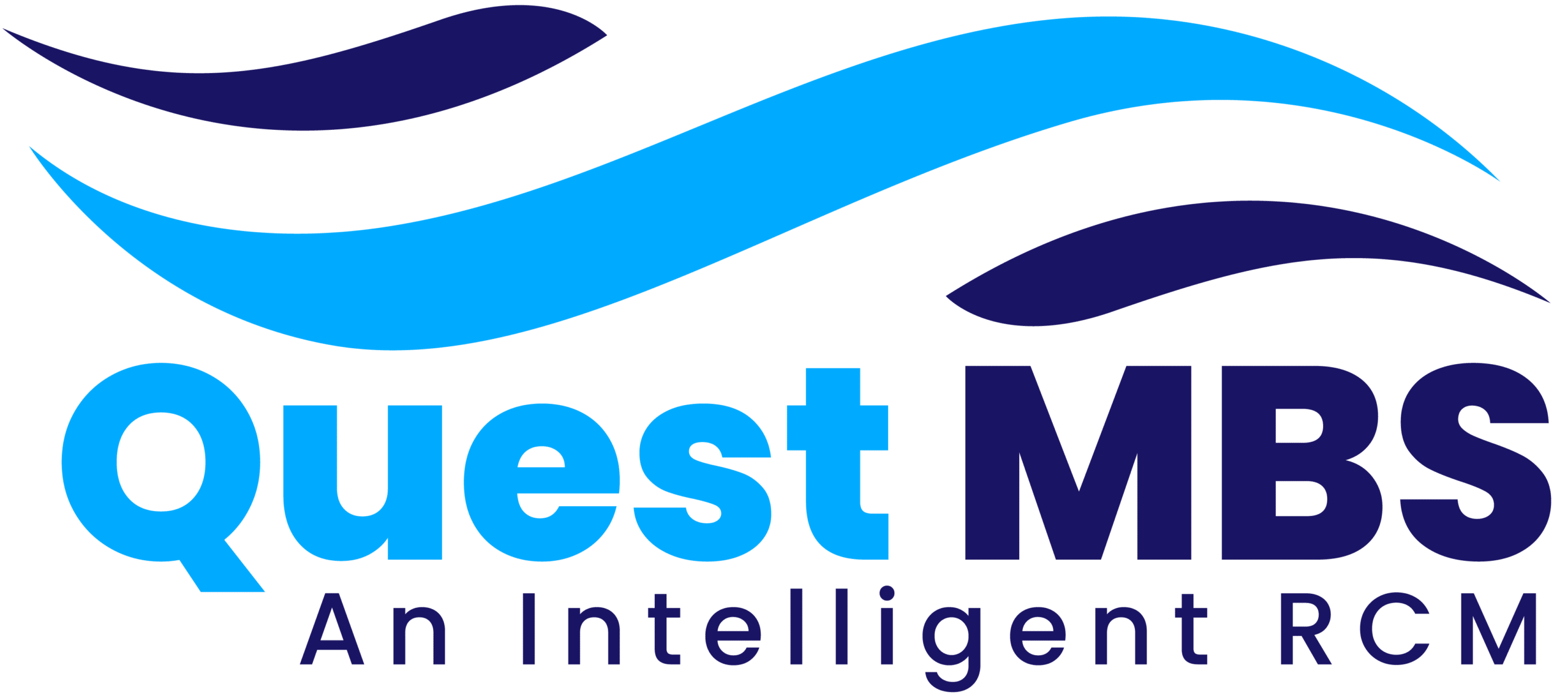Introduction: The Rise of Telehealth and Its Billing Challenges
Telehealth has revolutionized the healthcare landscape, offering patients convenient access to medical services from the comfort of their homes. However, with this transformation comes a unique set of telehealth billing challenges. Unlike traditional in-person visits, telemedicine billing involves different payer policies, documentation standards, and reimbursement procedures. To ensure that healthcare providers are accurately reimbursed for virtual care, it’s critical to streamline the telehealth billing process using the right strategies and tools.
Understand Payer Requirements: Know What Each Insurer Demands
Stay Updated with Telehealth Coverage Policies
Different insurance companies have their own rules for telehealth reimbursement. This includes what services are covered, which platforms are acceptable, and which CPT or HCPCS codes should be used. Staying updated with individual payer guidelines helps eliminate guesswork and reduces the risk of claim denials.
Centralize Payer Rules
Providers should maintain a centralized resource or rely on billing platforms that automatically update payer policies, ensuring consistency and accuracy in billing.
Verify Patient Eligibility in Advance: Prevent Billing Delays
Use Real-Time Eligibility Verification Tools
One of the most common mistakes in telehealth billing is failing to verify a patient’s insurance eligibility. This step must be completed prior to the appointment to confirm coverage for virtual services. Real-time verification tools integrated into billing software can streamline eligibility checks and ensure accurate copay, deductible, and service information.
Use Accurate Telehealth Modifiers: Get Reimbursed Correctly
Common Modifiers for Telehealth Billing
Proper use of telehealth-specific modifiers is crucial for correct reimbursement. Modifiers such as 95, GT, and GQ help indicate that a service was delivered via telecommunication. When these modifiers are omitted or applied incorrectly, claims may be delayed or denied.
Automate Modifier Selection
Coding automation tools that guide modifiers based on the service type and platform used can significantly reduce errors and improve accuracy.
Streamline Documentation: Maintain Clear Virtual Visit Records
Key Elements of Telehealth Documentation
Comprehensive and accurate documentation is vital for justifying medical necessity and ensuring coding compliance. Telehealth documentation should include:
- Reason for the visit
- Technology or platform used
- Duration of the virtual session
- Patient consent
Integrate EHR and Billing Systems
Tools that integrate EHR and billing workflows help in capturing this data in real time, minimizing discrepancies and speeding up documentation.
Automate Claim Submission: Accelerate the Reimbursement Cycle
Reduce Errors with Automated Billing Software
Manual claim submissions are prone to delays and errors. By using cloud-based medical billing platforms that offer automated claim generation and submission, practices can accelerate the reimbursement process.
Track Claim Status in Real Time
These platforms also provide real-time updates on claim status, helping billing staff take timely action in case of rejections or missing data.
Implement a Rules Engine: Reduce Claim Denials
An intelligent rules engine within billing systems can catch coding inconsistencies, incorrect modifiers, and missing patient data before claims are sent out. This prevents denials and improves the clean claim rate. Providers should look for customizable rule-based billing solutions based on payer behavior and specialty-specific coding nuances.
Monitor Denials and Rejections: Analyze and Act Quickly
Even with the best systems, denials can happen. The key is to have an effective denial management process. Use denial resolution tools to categorize issues, identify recurring problems, and resolve them promptly. With predictive analytics, staff can flag high-risk claims before submission, reducing future denials.
Train Staff Regularly: Keep Up with Policy and Tech Changes
Telehealth billing is constantly evolving. Regular billing and coding training sessions for staff ensure alignment with the latest telehealth regulations, codes, and payer expectations. Software that offers in-app learning or real-time coding suggestions further enhances compliance and productivity.
Adopt Mobile Billing Solutions: Enable Flexibility for Providers
As telehealth grows, so does the need for mobile-enabled billing tools. These allow providers to submit charges instantly after virtual visits, reducing administrative lag and improving cash flow.
Track KPIs for Telehealth Billing: Measure and Improve
Key performance indicators such as:
- Average days in A/R
- Denial rates
- First-pass acceptance rates
- Reimbursement turnaround time
help track telehealth billing efficiency. Billing analytics dashboards provide insights to optimize workflows and financial outcomes.
Ensure Coding Compliance: Stay Aligned with Industry Standards
Compliance is crucial in virtual care billing, as audits are increasingly common. Accurate coding based on updated ICD-10 codes and payer rules helps ensure that claims withstand scrutiny. Compliance tools and coding accuracy software can further minimize errors.
Leverage AI and Predictive Analytics: Stay Ahead of Billing Issues
Modern AI-powered billing platforms can analyze payer behavior and past billing patterns to predict denial risks. These real-time claim recommendations allow billing teams to resolve issues before submission, maximizing reimbursement.
Partner with Experts: Consider Outsourcing for Telehealth Billing
For practices struggling with complex telehealth billing workflows, outsourcing can be a practical solution. Specialized medical billing companies bring expertise in payer policies, coding accuracy, and analytics-driven decision making allowing providers to focus on patient care while ensuring billing compliance.
Improve Patient Financial Experience: Communicate Clearly and Promptly
Enhance Patient Transparency
Billing for telehealth services can be confusing for patients. Providing upfront cost estimates, clear billing explanations, and easy digital payment options helps build trust and reduces disputes.
Use Patient-Friendly Billing Tools
Integrated patient billing portals with cost estimators and secure payment gateways make telehealth payments faster and more convenient.







